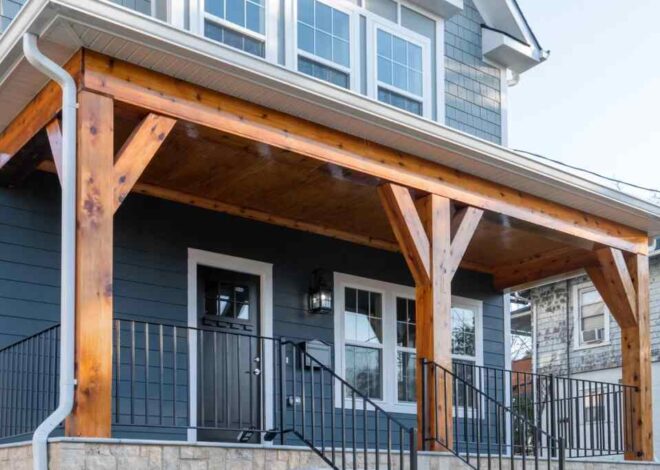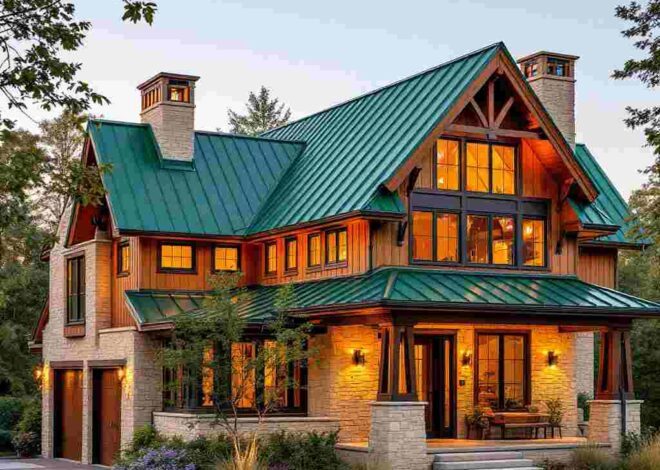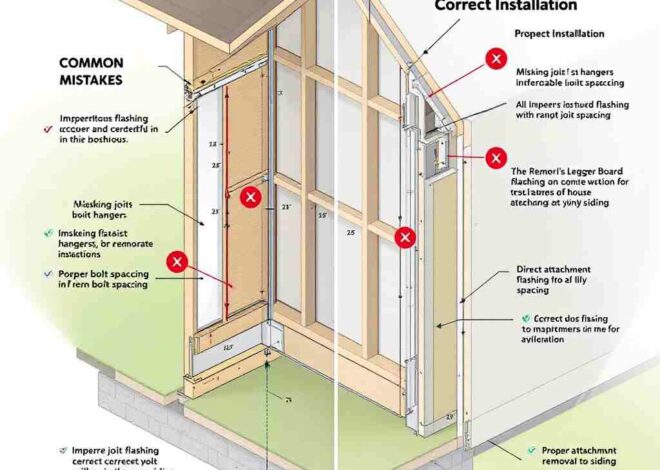
How to Find a Roof Leak at Home: A Quick, Step-by-Step Guide for Busy Homeowners
Understanding Roof Leaks: Roof leaks are any unintentional penetrations in the roofing system that enables rainwater to come into the home. Finding them early is key to avoiding structural damage, mold growth, and avoiding the extra expenses for repairs.
Seams on Additions: Searching for leaks where an addition connects to the main structure is a separate challenge altogether as these junctions are often complex and installation errors are common.
Roof Leaks Where Addition Meets House — Actionable Insights for Homeowners
Purpose of the Post
Understanding Roof Leaks
What Are Roof Leaks?
- Definition: A roof leak occurs when water penetrates the roof that could spread to other sections of the building and is costly to repair.
- Typical Symptoms: Water stains, drips and peeling paint on ceilings — especially after rain storms. Signs that are also common are mold growth and a musty smell in the attic.
Impact of Roof Leaks
Structural issues: Prolonged exposure to water can weaken structural elements like joists and beams, resulting in expensive repairs and possible safety threats.
Repair is More Expensive for Long Standing Leaks: A leak, undetected, can lead to bigger repairs, making it imperative to detect leaks and act on them timely.
Common Reasons for Roof Leaks at Additions

Poor Installation
Common causes of leaks are poorly installed roofing materials at additions. Among the most common errors, lack of sealing at junction points and wrong assembly of shingles.
Weathering and Wear
Extreme winds, rain, and snow will cause siding and roofing materials to deteriorate faster, as addition juncture points are weaker than most features and are also more prone to leak.
Design Flaws
Failure to properly flash or design the roof slope can allow water to pool and cause leaks. These problems are especially common at the intersections of additions and existing buildings.
How Do You Know If Your Roof Is Leaking?

Visual Inspection
- Go to your roof and look at it from the outside. Look for wet insulation, mold or stained rafters in the attic.
- Tools Needed: A flashlight for the attic inspection, and a ladder for checking the roof.
Water Testing
- You run a garden hose over the roof as if it were raining and have someone sit inside the attic to see where the water comes in.
- Follow Safety Measures: Make sure the ladder is steady and wear shoes that cancel slips to avoid slipping.
Infrared Imaging
- How It Works: Infrared cameras can spot cool, damp patches in the roof where leaks may form.
- Advantages: Non-destructive method and precise location information of moisture build-up.
Electronic Leak Detection
- Method: This involves measuring electrical currents that demonstrate disturbances in the roof due to moisture ingress.
- Pros: Very precise, it can help find precise locations of leaks, making it possible to save a lot of time and reduce the amount of repairs.
You may also read (how does a gable porch roof work)
Additional Point Leaks: Special Considerations

Challenges of Detection
Roof additions can be troublesome to track leaks at with complex roof lines and layered materials. Where A and B meet, there is often a need for close scrutiny.
Why You Should Get a Professional Inspection
For complicated cases, professional roof inspectors can give you a comprehensive evaluation and identify where the leak is using modern techniques and equipment.
Prevention and Maintenance
Regular Inspections
Regular inspections — ideally twice a year — can help detect and fix leaks early on before they cause significant damage.
Maintenance Tips
For roof maintenance, cleaning gutresses, checking seals and flashings and replacing damaged shingles should all be done in time. Regular maintenance maintains the condition of the roof and prevents leaks.
Conclusion
Recap of Key Points
We have discussed the importance of finding roof leaks, especially in those complicated additions, how to identify, and how to prevent.
You may also read (blue roof design for modern houses)


